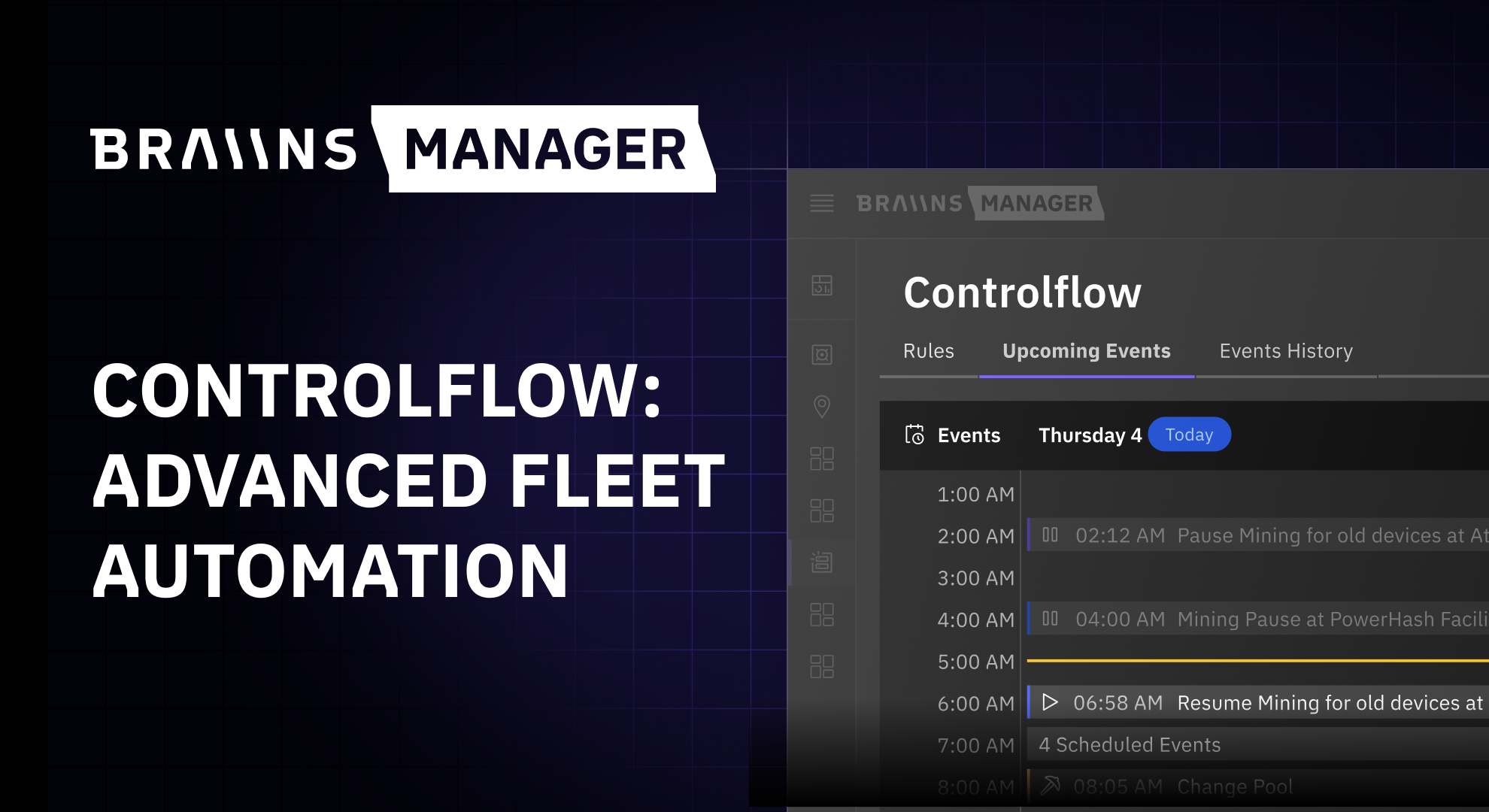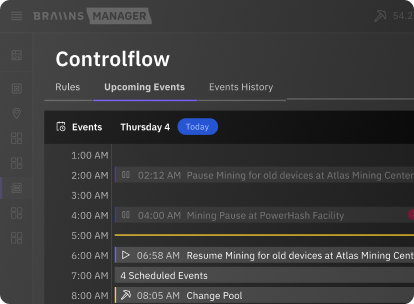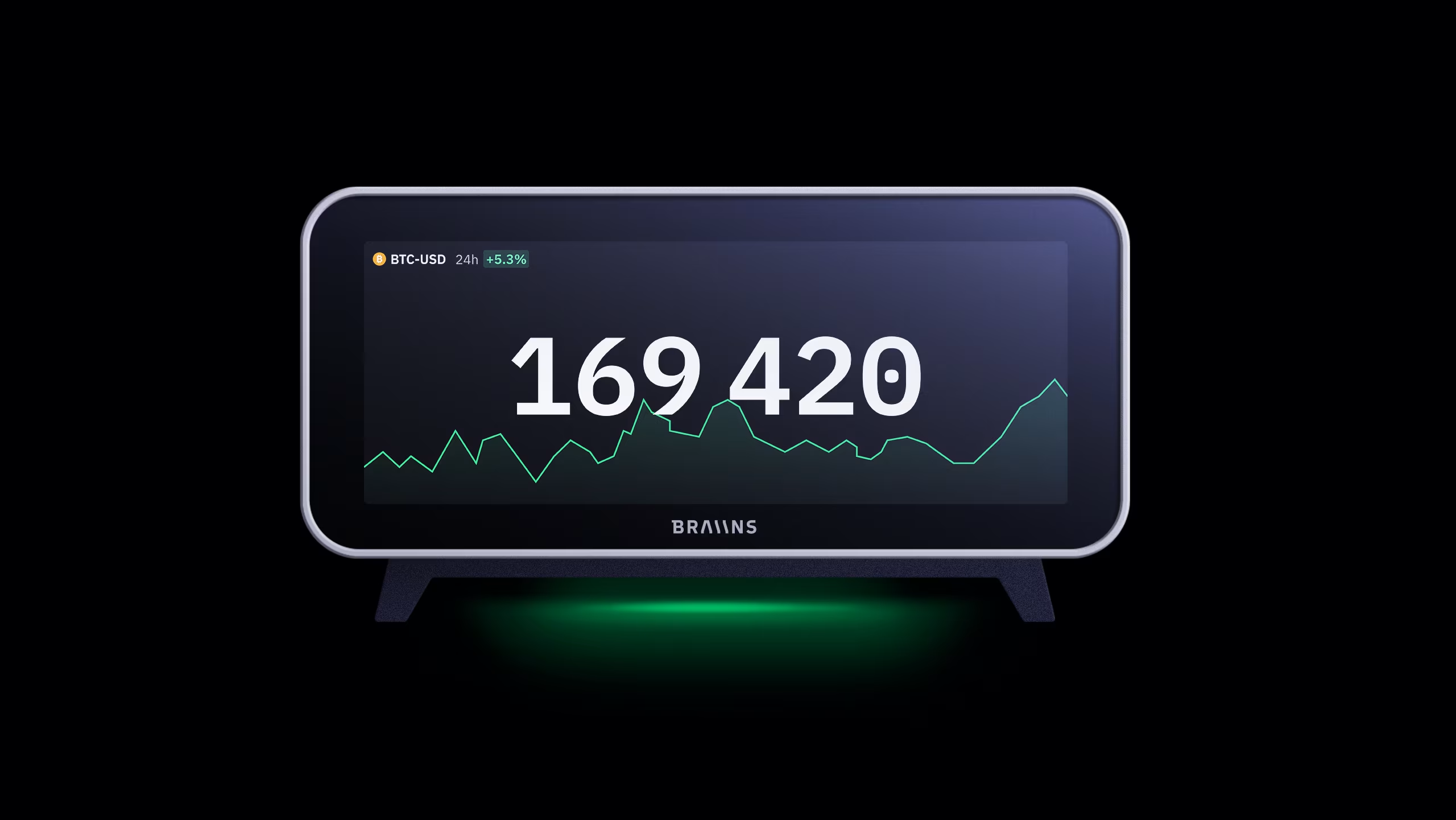Mining Your Own Bitcoin: Why Do It?
Published
18.7.2022
There are lots of reasons why someone chooses to mine bitcoin. This article overviews the most common incentives to be a miner.

Table of Contents
Almost anyone who’s heard about bitcoin has heard of mining, but most people are unsure why someone – especially an individual at home, for example – would choose to become a miner. Profit is an obvious reason, but many small-scale and at-home miners choose to miner their own bitcoin for many other reasons besides dollar-denominated profits.
This article gives a brief explanation of all the common motivations for why someone becomes interested in mining bitcoin, and it shares some examples of a few unique reasons (e.g., heat exhaust reuse). Understanding the various reasons why mining is useful can help a prospective miner better evaluate their own interest and potential involvement in the mining sector.
Profit
Profit is the simplest and obviously most attractive reason to become a miner. Usually, anyone who invests the time, energy, and capital into starting a mining operation of any size expects to earn a return on their investment. Mining at home is also often viewed by many miners as a form of passive income that requires a relatively small amount of focus and maintenance to run successfully.
Mining is also a relatively simple way to implement a dollar-cost-averaging (DCA) investing strategy for bitcoin. DCA investing simply means acquiring a certain (usually smaller) amount of an asset on a regular basis regardless of its market price. And in a way, this is exactly how mines operate. Instead of logging into an exchange account to purchase bitcoin each day, miners pay their monthly electricity bills that serve to keep their machines online and hashing all day and night.
The mining market is more challenging and volatile than just holding bitcoin, however, and miners need to manage their operating costs and risks appropriately, especially during bearish market periods. Braiins offers several useful tools for profit-first or profit-only miners to model and manage their operations, including custom profitability models, hashprice and other revenue charts, and a cost-of-production calculator.
Privacy
Many miners, particularly small, at-home miners, use their operations as a way to privately acquire more bitcoin. Instead of purchasing bitcoin at market value on large exchanges like Coinbase or Bitfinex, this category of miners prefers to avoid any form of identity verification information being connected to their stacks of sats. Thus, they opt to mine their own bitcoin instead of doxxing to buy bitcoin someone else mined, and they rely on mining hardware resellers and mining pools that respect their customers’ privacy. “Clean sats” or “KYC-free sats” are names this type of miner often gives to the bitcoins they mine, alluding to a primary motivation for their mining activities.
Heat Exhaust Reuse
Besides satoshis and noise, mining also creates a lot of one other commodity: heat.
Throughout most of bitcoin mining’s history, miners were concerned with containing and discarding their heat exhaust. But that trend has noticeably changed over the past several years as miners are now working to harness and use the heat their machines generate. Heat exhaust reuse offers significant environmental and economical benefits for individual and corporate miners.
Here are some examples of creative ways miners are reusing their heat exhaust:
- Pools: several miners have designed systems that used heat exchangers to transfer the heat generated from their machines to warm their swimming pools. Here’s one example of a large swimming pool heated by mining machines. One of the most iconic versions of this use case for heat is the SPA-256 designed by Jesse Peltan of HODL Ranch.
- Greenhouses: Using heat exhaust to warm a greenhouse is an incredibly effective means of maintaining a healthy enclosed garden. One example of this is filmed by Kiernan Wright and shared to Twitter, showing his site kept to 86 degrees Fahrenheit.
Read more about ways miners use their heat in this article from the Braiins blog.
Ideology
Regardless of the outputs from mining (e.g., heat, money), a small subset of miners participate in the sector primarily (or solely) because of their belief in the importance and future potential of the Bitcoin network. Even if they only manage a few hundred terahashes of hashrate, this category of miners wants to contribute in their own small way to securing and processing transactions for the network. Of course, this profit-agnostic reason for mining does not scale beyond a few machines. And this type of miners was much more common in Bitcoin’s early days when mining was much less resource intensive and could be done with personal computers.
This type of miner is rare but they are nearly impossible to squeeze out of the market no matter how low the bitcoin price drops or how adversarial market conditions become. They are miners of last resort.
Fun
Mining bitcoin as a hobby is not uncommon. Many hobbyists hope to be profitable, enjoy privacy (depending on their particular mining setup), and other aspects of the sector. But a small subset of miners simply run machines, tinker with hardware and firmware, and hope to get lucky solving a block on their own for the fun of it.
This type of miners is often called a “lottery miner” because, unlike most miners, they don’t contribute hashrate to a mining pool. Instead, they hash on their own, rarely earn block rewards, and hope for the unlikely occurrence that their machines solve a new block and claim the entire reward. Of course, this strategy is not profitable nor scalable. But this type of miner simply enjoys the process and is not financially impacted by their mining operating costs.
Conclusion
Mining is often perceived as an impossibly complex and out-of-reach sector of the bitcoin economy. But by understanding many of the diverse reasons why people chose to mine, hopefully readers are more interested and inclined to understand that there are just as many ways to mine bitcoin as there are reasons why someone mines.
Final Thought: Everyone can mine bitcoin, but everyone doesn’t have the same reason for mining.
Categories
Be the first to know!
Read Privacy Policy.
Most Recent Articles
.png)
The Best Bitcoin Conferences & Events of 2026
29.12.2025

Introducing Controlflow: Advanced Automation in Braiins Manager
9.12.2025



